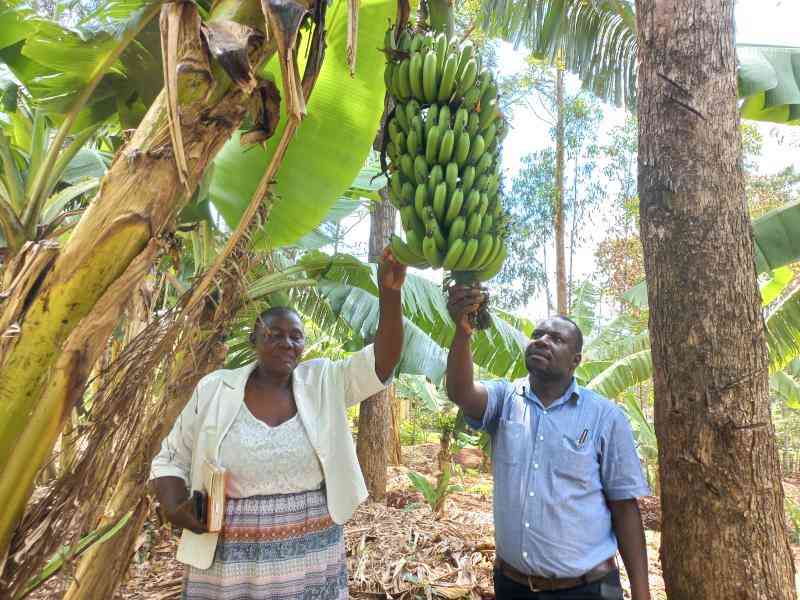
For starters, what is coronavirus?
Coronaviruses are respiratory and enteric viruses of humans and animals spread by airborne droplets, or by direct contact. Coronaviruses (CoV) are known to cause severe respiratory disease, such as with severe acute respiratory syndrome (SARS, caused by SARS-CoV), and Middle Eastern respiratory syndrome (MERS, caused by MERS-CoV). Today, a new coronavirus (SARS-CoV-2) has been identified as the cause of the COVID-19 global outbreak.
Coronaviruses are zoonotic
A zoonosis is a disease transmissible from animals to humans. Before 2003, the consensus was that human coronaviruses only caused disease in people, while animal coronavirus were specific to animals. During the SARS epidemic of 2003 (in humans), the recovery of coronaviruses from humans of comparable identity to coronaviruses from animals pointed to a SARS-CoV animal source. In the MERS coronavirus epidemic of 2012 (in humans), camels were identified as the natural reservoir. Today, studies are ongoing to identify the source of COVID-19.
Experts think the Wuhan coronavirus jumped from bats to snakes to people. How did we get here?
Scientific research has not established a link between SARS-CoV-2 (the causative agent of COVID-19), and an animal reservoir species. A hypothetical link to bats is based on recent studies demonstrating similarities between bats coronaviruses, and coronaviruses recovered from humans with COVID-19 in Wuhan, China. While camels are the established source for MERS-CoV of humans, to date, there is no definitive link between SARS-CoV-2/COVID-19 of humans and bats, or any other animal species.
Can coronaviruses be spread through meat and eggs?
SARS-CoV-2 spreads by person-to-person contact, via respiratory droplets, or contact with contaminated objects/surfaces. To date, there is no evidence of COVID-19 being a food safety concern. However, good hygiene measures are recommended during food preparation, to protect against food-borne pathogens. International authorities [the International Food Safety Authorities Network (INFOSAN)] are exploring the potential role of contaminated food in transmission of SARS-CoV-2, and persistence of SARS-CoV-2 in foods traded internationally.
In the absence of a vaccine, and without approved antiviral therapies against SARS-CoV-2/COVID-19, primary intervention is based on actions to break human-to-human transmission. The World Health Organisation (WHO) recommends frequent hand washing, social distancing, coughing etiquette, and avoidance of touching the eyes, nose and mouth.
Is there a possibility the virus can enter our country through fish and meat imports?
SARS-CoV-2 introduction and spread happens through movement of infected people. There is no current evidence of SARS-CoV-2 being present in animal or other food products, provided these are processed and shipped under normal hygiene regulations.
What safety measures should be taken by officials to guarantee safety of consumers?
Personal hygiene and biosecurity measures must be taken at any place of human gathering where there are animals and animal products. Regular cleaning and disinfection of equipment and areas where animals are handled, and control of pests and rodents is always good biosecurity practice.
People should not handle, slaughter, dress, sell, prepare or consume meat that originates from wild animals or livestock that are sick or that have died from unknown causes. Raw wild meat or uncooked dishes based on the blood of wild animals should not be consumed. These practices place people at high risk of contracting a number of infections.
Stay informed. Subscribe to our newsletter
At wet markets, the close proximity of shoppers to stall vendors and live and dead animals creates a prime breeding ground for zoonotic diseases. As a prevention strategy, is it time we start being extra cautious when we visiting fish markets like in Gikomba which receives track loads of fish imports from China?
Scientists are actively searching for the animal reservoir for SARS-CoV-2/COVID-19, as a means to educate the public on methods to limit the risk of infection. As a general guideline to protect consumers against potential food safety risks, reference should be made to the National Food Safety Policy of the Government of Kenya, and regional and international frameworks on food safety.
Bats harbour a significantly higher proportion of zoonotic viruses than other mammals, according to a 2017 study. We have bats in most homes upcountry, should be worried about them?
In general, bats harbour a broad range of viruses, and are known to be reservoirs for Ebolavirus, Marburg, and a host of other viruses of public health importance. Bats have been implicated as a potential source of coronaviruses, but this has not been confirmed for SARS-CoV-2. FAO strongly advises against any measures taken to decrease or eradicate bat populations. Bats fulfill important functions in our ecosystem and need to be protected.
What is FAO doing to address this global pandemic?
FAO and partners are conducting a qualitative risk assessment to help prioritising potential SARS-CoV-2 host animal species, with the aim to assist research in targeting surveillance and testing of animals. FAO also plays a catalytic role in linking different international laboratories to come up with diagnostic protocols that can be used for SARS-CoV-2 surveillance in animals.
[Dr Michael Apamaku – Country Team Lead, Emergency Centre for Transboundary Animal Diseases, Food and Agriculture Organisation (FAO ECTAD, Kenya)
Dr Stella Kiambi – Deputy Country Team Lead, Emergency Centre for Transboundary Animal Diseases, Food and Agriculture Organisation (FAO ECTAD, Kenya]
 The Standard Group Plc is a
multi-media organization with investments in media platforms spanning newspaper
print operations, television, radio broadcasting, digital and online services. The
Standard Group is recognized as a leading multi-media house in Kenya with a key
influence in matters of national and international interest.
The Standard Group Plc is a
multi-media organization with investments in media platforms spanning newspaper
print operations, television, radio broadcasting, digital and online services. The
Standard Group is recognized as a leading multi-media house in Kenya with a key
influence in matters of national and international interest.
 The Standard Group Plc is a
multi-media organization with investments in media platforms spanning newspaper
print operations, television, radio broadcasting, digital and online services. The
Standard Group is recognized as a leading multi-media house in Kenya with a key
influence in matters of national and international interest.
The Standard Group Plc is a
multi-media organization with investments in media platforms spanning newspaper
print operations, television, radio broadcasting, digital and online services. The
Standard Group is recognized as a leading multi-media house in Kenya with a key
influence in matters of national and international interest.









